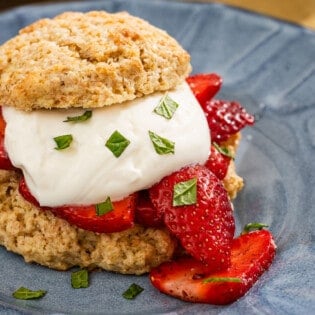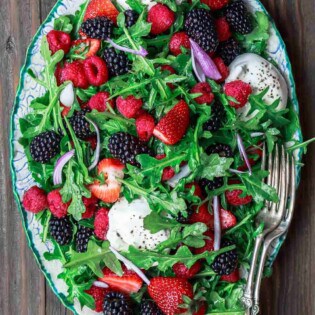You may have heard the conventional wisdom, “moisture is the enemy of the berry,” but is there anything else you can do to make this precious, painfully expensive produce last just a little bit longer? Learn how to store berries the best way with this easy method!
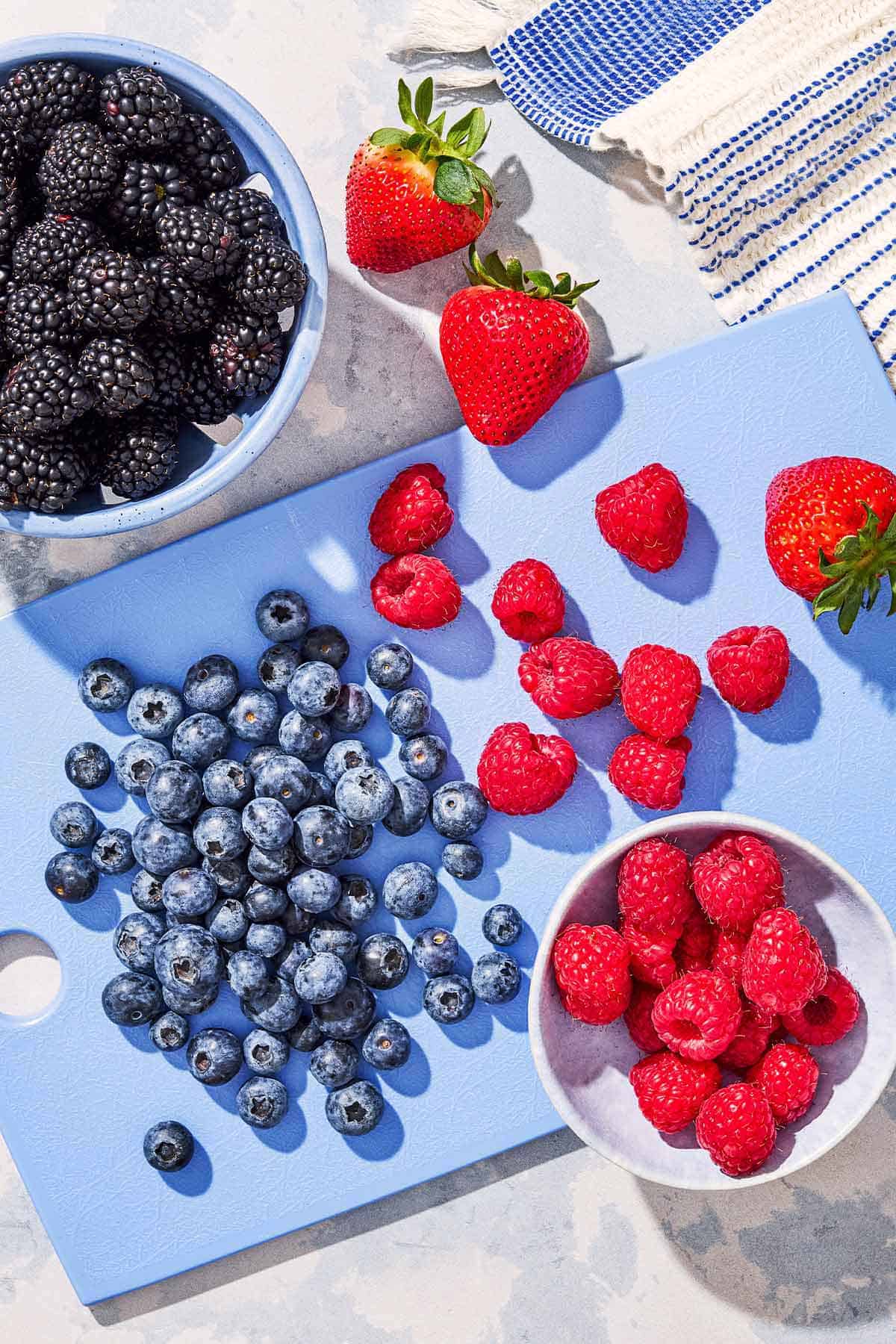
Despite what the latest viral video will tell you, how to store berries (strawberries, blueberries, blackberries, berries of any kind, really) doesn’t need to be complicated. While the juiciest Berry Fruit Salads, freshest Strawberry Spinach Salad, and the most refreshing Strawberry Lemonades are well worth the extra effort, keeping berries fresh doesn’t take much work.
I tested the internet’s top tips to find out how to store berries so they last–including soaking them in vinegar, leaving them in the original carton, sorting them, and washing and drying them in a salad spinner before refrigerating. Turns out the best way to store berries is easier than you might think.
Table of Contents
How to Store Berries (Best Way)
Whether you’re storing strawberries, blackberries, blueberries, or harder-to-find varieties, here are the three quick steps for the best way to store fresh berries:
- Sort. Dump the berries onto a paper towel and remove any that look mushy, moldy, bruised, or rotten.
- Store. Return to the container or transfer to a large berry storage container. Do not transfer to a sealable storage container like a Tupperware, it will trap moisture and moisture is the enemy of a long-lasting berry.
- Check. Pick through the berries every couple of days, removing any starting to turn. The berries will keep in your fridge for 1-2 weeks.
- Wash before eating and not a moment sooner. It’s best to wash your berries right before eating them. The key to long-lasting berries is to keep them dry.
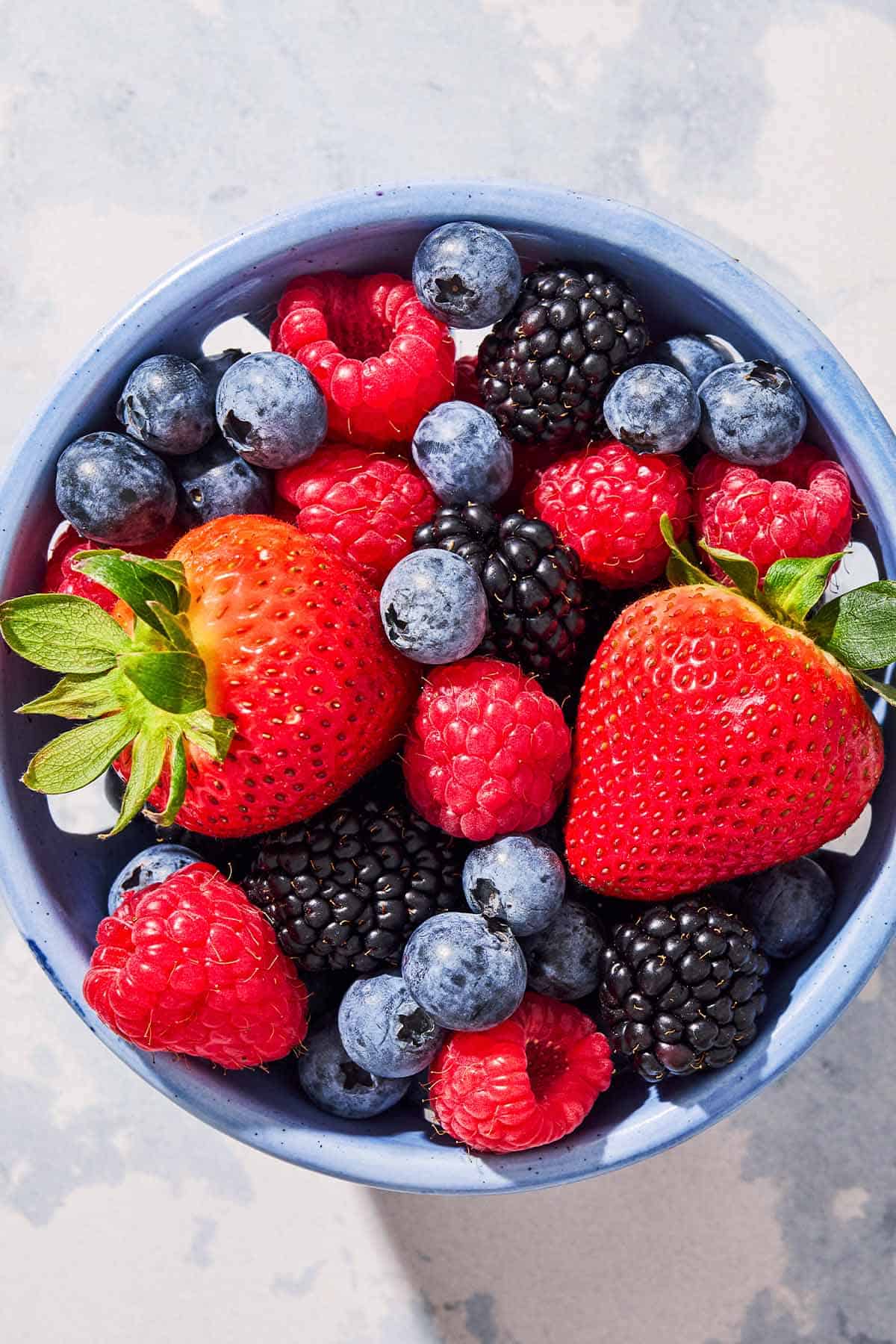
Instead: Sort Out the Bad Seeds
As soon as you get home, dump your berries onto a paper towel and inspect them thoroughly. Snack on any showing signs of age, such as soft spots, or freeze them for smoothies. Throw away any rotting berries.
Use Ventilated Containers
You can buy fancy berry storage containers that allow for more airflow and have a carbon filter, but the storage containers the berries come in work just fine. Just don’t move your berries to anything that seals. That traps the condensation and causes the berries to rot faster.
Give Them Their Space
Berries don’t like to be weighed down, especially delicate varieties like blackberries and raspberries. You can either eat a handful right away to make some space or transfer to a larger berry container.
Give Them Some Love
There will always be berries that age more gracefully than others, particularly the ones at the bottom of the pile that bear the weight. Pick through the carton every couple of days or so to find (and enjoy) any berries that are starting to get soft.
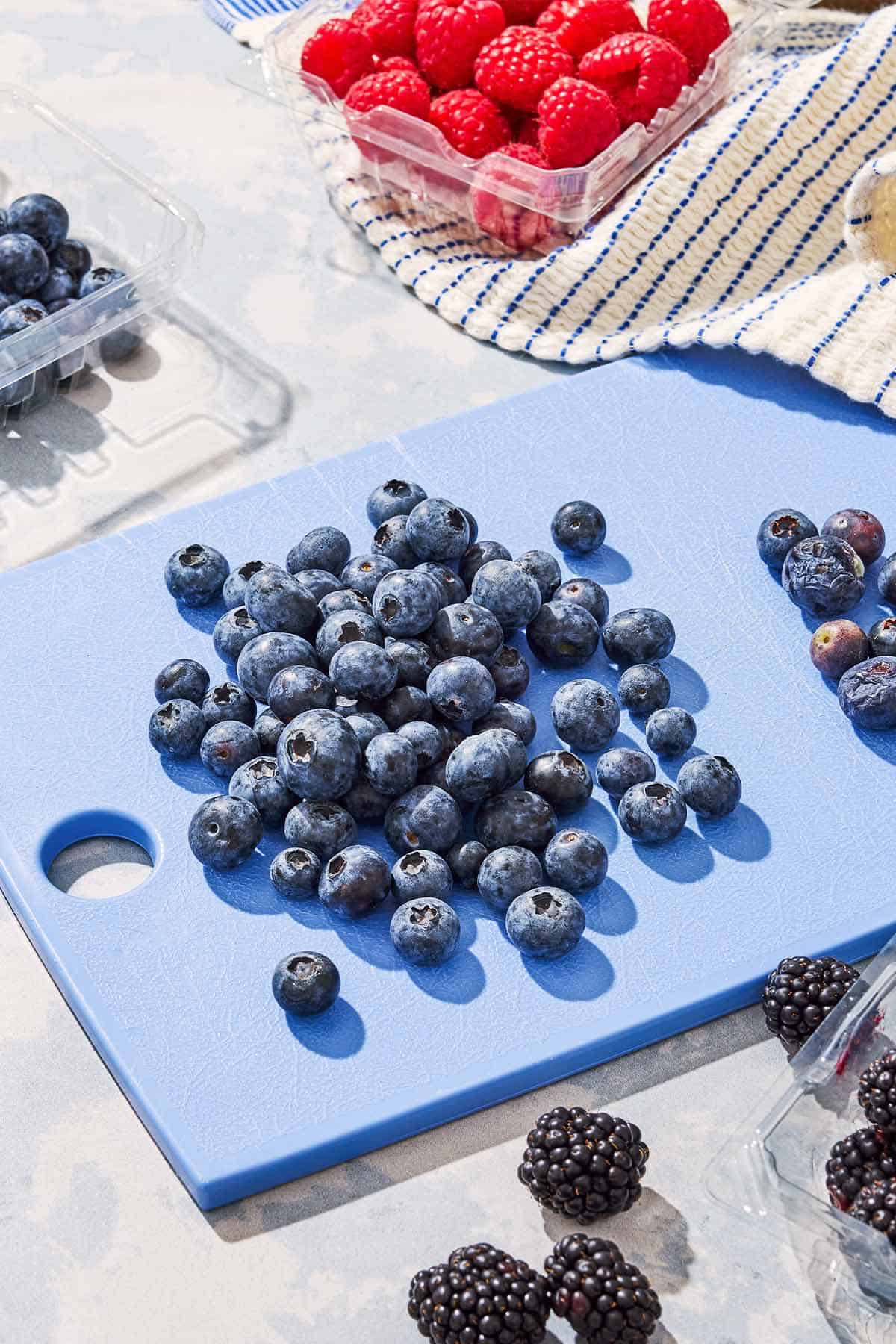
What I Tested
For each test, I first sorted out the bad berries. Here are the methods I tested to find the best way to store berries from there:
- Soaked them in a vinegar-water solution. Left to dry for 2 hours in a cool shady place, including rotating the berries and propping them up for maximum air circulation.
- Soaked in a vinegar-water solution and dried in a salad spinner.
- Lined the container with paper towels.
- Returned to the original carton without washing.
Optional: The Paper Towel Method
If you’d like a backup layer to remove excess moisture, feel free to line the container with paper towels. Just don’t wrap too tight, as the berries need plenty of airflow.
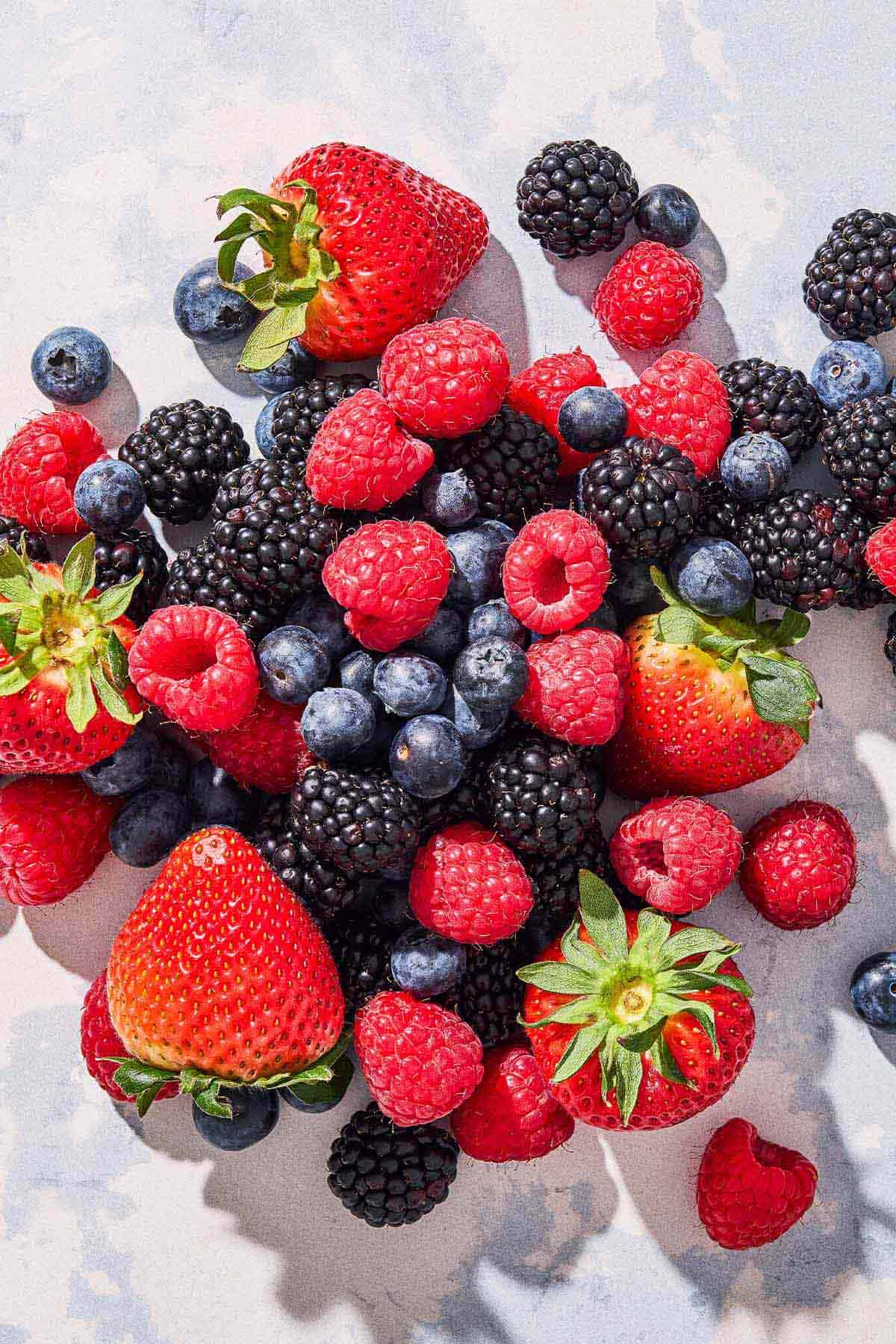
What Worked
Here’s what I found: Each method “worked” in that all of the berries rotted at a remarkably similar rate. As long as you sort your berries and remove them as they start to turn, you can store them in their packaging and rinse them well with cold water just before eating.
Should You Soak Berries In Vinegar?
Many on the internet advocate for soaking the berries in a vinegar solution to kill bacteria before storing them. I tested this method and ultimately landed on: No, you should not soak your berries.
As much as we’d all love to believe there’s an antidote to spoilage sitting in our pantry, it just doesn’t make much of a difference.
Some people advocate washing produce in vinegar to remove pesticides, but according to research conducted by the University of Michigan, that’s not a great idea. As there is a slight chance the vinegar could react with the pesticides and create potentially harmful compounds.
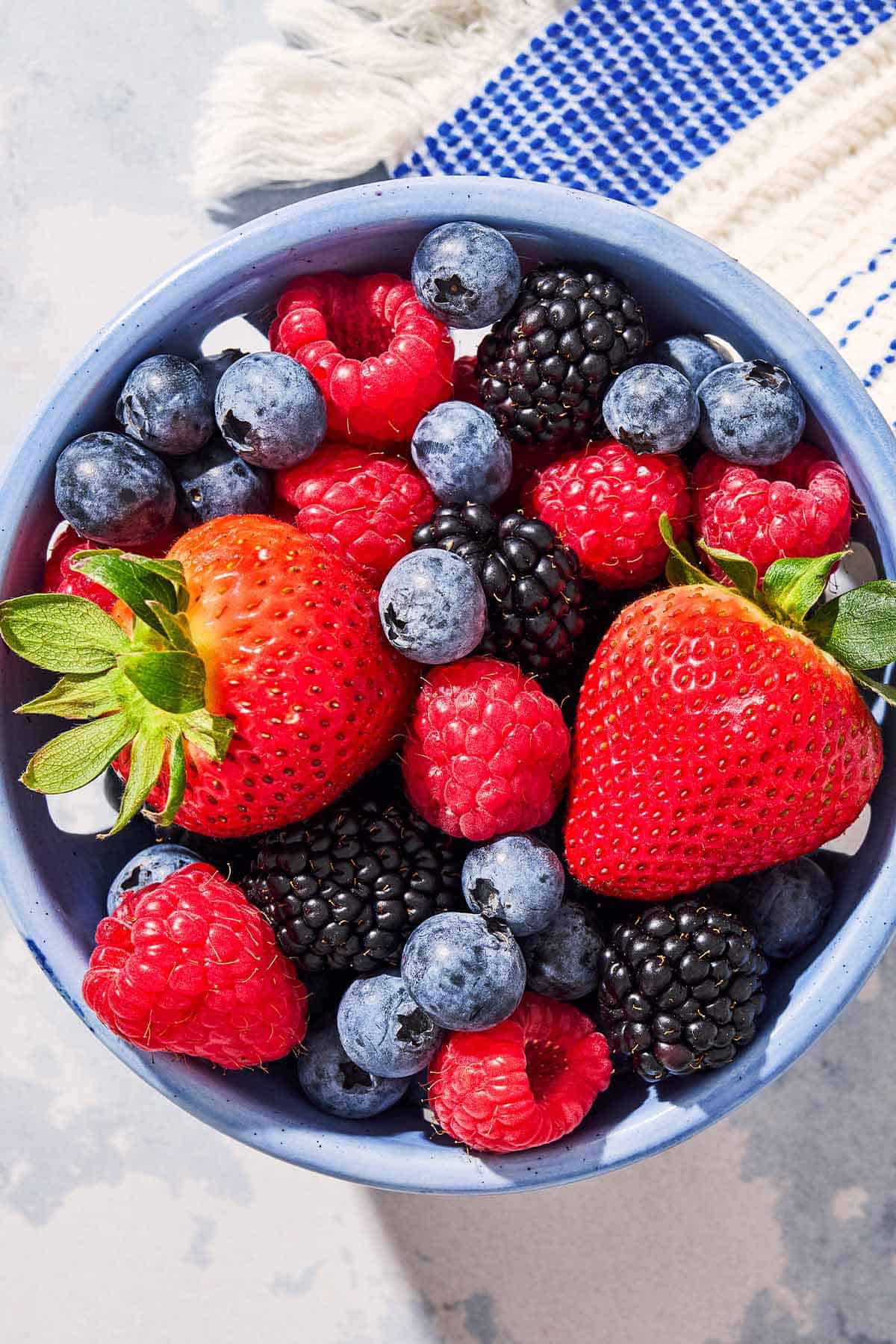
Berries on Their Final Day? Macerate, Compote, or Freeze
If you’re looking at a tub full of berries on their final day or two, you have a few options.
Process:
- Macerate them by combining them with sugar, which draws out their moisture and softens them into a juicy, rustic jam-like mixture. Use this strawberry shortcake recipe as a loose guide—you can use any kind of berry, with or without the sumac. This version with rose water is also delicious. Store the macerated berries covered in the fridge for up to 3 days.
- Make compote, a low-sugar version of jam, which will last in your fridge for up to 3 days. Here is a Mixed Berry Compote Recipe, or try this Strawberry Compote With Rose, Mint, and Honey.
- Puree them for belinis–you can use this Strawberry Bellini recipe as a guide and use whichever berries you have.
Freeze:
- Remove the tops if you’re freezing strawberries.
- Spread them on a sheet tray lined with parchment paper and freeze.
- Once completely frozen, transfer the berries to a sealable bag or container and freeze for up to 6 months.
- They’ll be mushier once you thaw them, so they’re best used for smoothies or compote.


